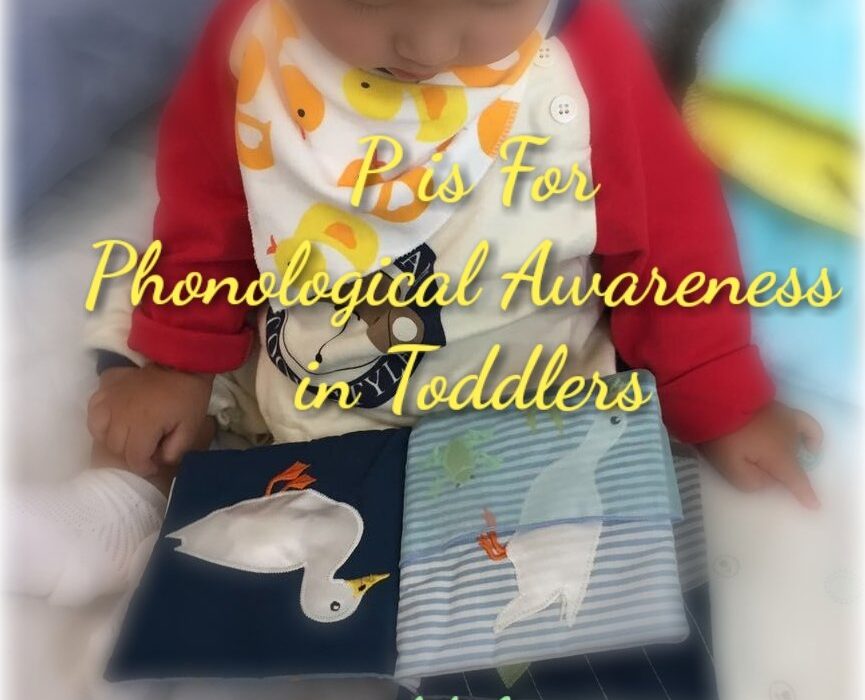Working with age group birth to 3 years old is my most favourite. It is such an amazing thing – observing a child growing, developing, and learning first step, first words, first emotions.
Today I’d like to talk about Phonological Awareness in Toddlers. But before I start, let me share with you what it means:
Phonological awareness is the ability to divide spoken language into units, such as words and syllables. Before diving into individual sounds within words (phonemic awareness), we teach children to pay attention to more obvious sounds. We start with environmental noises, then move into sentences, whole words, and then syllables...
Source: Sightwords.com
As a bilingual Montessori instructor I work mostly with children whose first language is not English. And while phonological awareness in toddlers happens naturally at home where they are in their mother tongue’s environment, in the classroom I have to emphasize it in order to promote proper pronunciation of sounds, words, sentences; assist with general development of the articulation (which can be quite different from the one of English language); and guide them to making them speak English as comfortably as possible.
I would like to share some tips and tricks with you that help me in the classroom. You can use them for any language, whether it is a primary one, or a minority one.
1. Read to children. Yes, you already know that! Reading works wonders on language development. But reading with emphasis on sounds and words, enhancing your articulation will shows toddlers and babies how the mouth forms a sound or a word.
2. Speak clearly in simple sentences. This is important. Young children don’t have a vast vocabulary to understand your sophisticated words. They respond much better to sentences that short and simple. For example, “Please, pick up the toy”, or “Let’s wash hands”.
3. Avoid baby talk. Even if it is so tempting with that cute little munchkin who is just so adorable! No, really. Avoid it. Words of endearment are fine. But spoken in a creepy voice the sounds get really messed up and there is a lot of confusion! I like how Chinese people I am around do use extra soft vocal intonations when talking to babies but they persist very much when it comes to speaking the sounds properly. After all, phonetically Chinese is quite hard and even for native speakers the process of learning it never stops.
4. Play games that involve sounds. It could be anything from how the animals talk to how the engines sound. It is fun, and it is helpful.
5. Sing your heart out! I can never get enough of stressing how much singing the words helps with phonological awareness and pronunciation in general. Even if you are not so gifted with singing, chant the words and rhymes, and songs. We sing a lot of songs in my classes!
I’d like to add that while I find phonetics a useful and very important part of any language system, I don’t think they should be emphasized and mindlessly taught to any child. So I hope what you read above you take it as a completary part of teaching/learning the language that can assist you in order to make your job cut out for you!
It’s time again for another fantastic month of alphabet fun with the 31 Days of ABC! All this month you can look forward to 31 more days of activities, crafts, books, apps, and more, all dedicated to teaching young children the alphabet.
I am so happy to be working with an amazing group of kid bloggers, who will be sharing their ideas with us in the coming days. So join us as we jump, skip, hop, and read our way through the alphabet this October!
Find more great resources in our series from past years: 31 Days of ABCs 2013, 2014, and 2016!
Don’t forget to follow our 31 Days of ABCs Pinterest board for even more great ABC ideas!
31 Days of ABC
Teaching the ABCs – October 1
A – October 2
B – October 3
C – October 4
D – October 5
E – October 6
F – October 7



